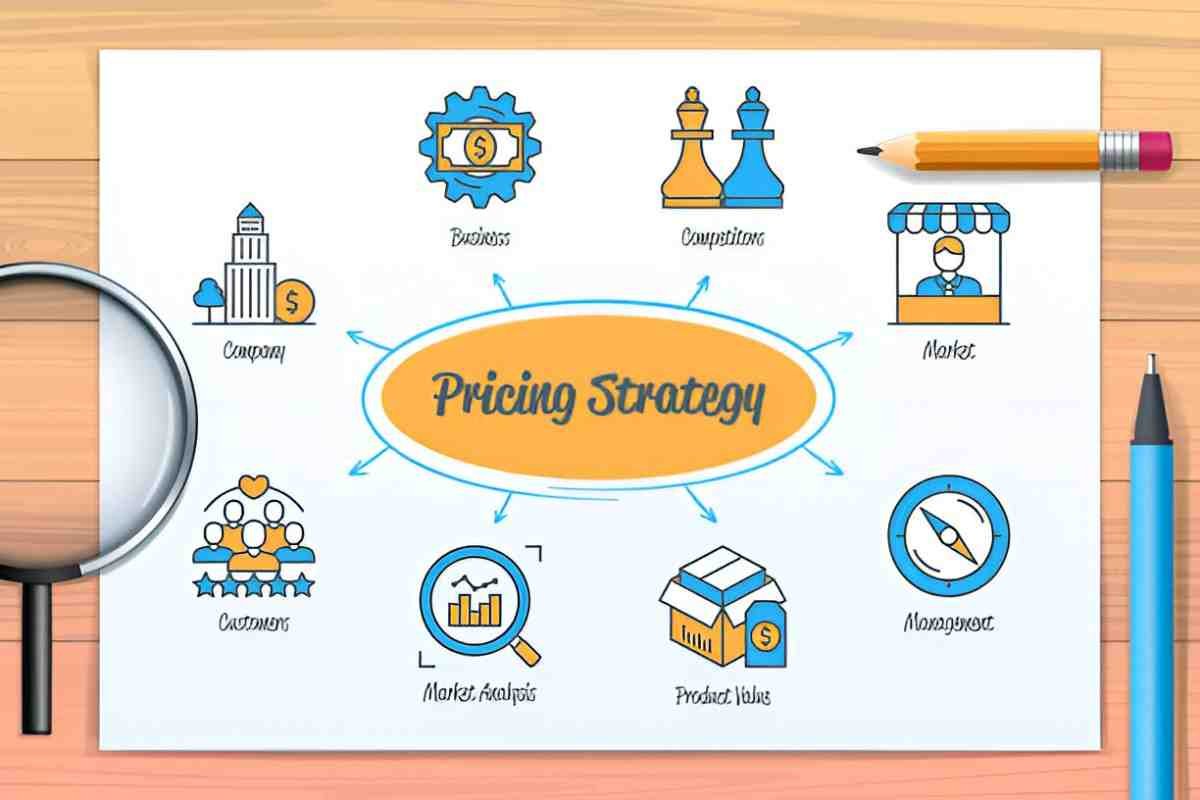Pricing strategies shape how consumers perceive value. One method I find particularly effective is price lining. It simplifies choices for customers while maximizing profits for businesses. Today, I’ll break down how price lining works, when to use it, and why it can be a game-changer for your business.
Table of Contents
What Is Price Lining?
Price lining is a strategy where a business offers products at a few predetermined price points rather than a continuous range. Instead of selling shirts at \$19.99, \$23.50, \$27.75, \$31.25, and so on, a retailer might set three clear tiers: \$20, \$40, \$60.
This approach reduces decision fatigue. Customers compare options within a tier rather than getting lost in minor price differences. It also helps businesses streamline inventory and marketing efforts.
The Psychology Behind Price Lining
Consumers categorize products based on perceived quality. A \$20 shirt feels “budget,” a \$40 one “mid-range,” and a \$60 shirt “premium.” This mental grouping makes purchasing decisions faster.
Research shows that too many choices lead to analysis paralysis. A study by Sheena Iyengar and Mark Lepper (2000) found that consumers are more likely to buy when presented with fewer options. Price lining capitalizes on this by simplifying the selection process.
How Price Lining Works
Let’s say I run a coffee shop. Instead of pricing drinks at random increments, I set three tiers:
- Basic: \$3.00 (black coffee)
- Standard: \$4.50 (latte, cappuccino)
- Premium: \$6.00 (specialty drinks)
This structure nudges customers toward the Standard tier, which likely has the highest profit margin.
Mathematical Foundation of Price Lining
To optimize price points, I use consumer willingness-to-pay (WTP) data. Suppose survey results show:
| Customer Segment | Max Price Willing to Pay |
|---|---|
| Budget | \$3.00 |
| Mid-range | \$4.50 |
| Premium | \$6.00 |
The optimal price points align with these clusters. If I set a price at \$5.00, it might fall between segments, reducing conversions.
Profit maximization can be modeled as:
\text{Profit} = (P - C) \times Q(P)Where:
- P = Price
- C = Cost per unit
- Q(P) = Quantity sold at price P
By testing different price points, I find where (P - C) \times Q(P) peaks.
Advantages of Price Lining
- Simplified Decision-Making – Customers choose between clear tiers rather than overanalyzing small price differences.
- Higher Perceived Value – Mid-tier options appear more attractive due to the compromise effect.
- Easier Inventory Management – Fewer price points mean streamlined stock control.
- Enhanced Upselling – Customers often trade up to the next tier for perceived quality.
Real-World Example: Smartphone Pricing
Apple uses price lining effectively:
| Tier | iPhone Model | Price (Starting) |
|---|---|---|
| Budget | iPhone SE | \$429 |
| Mid-range | iPhone 15 | \$799 |
| Premium | iPhone 15 Pro Max | \$1,099 |
This structure guides buyers toward the mid-range model, which balances features and cost.
When to Use Price Lining
Not every business benefits equally. Price lining works best when:
- Products have varying quality levels (e.g., economy vs. luxury).
- Customers segment naturally (budget vs. premium buyers).
- Margins justify tiered pricing (higher tiers yield disproportionate profits).
Case Study: Fast Fashion vs. Luxury Brands
Fast Fashion (H&M, Zara)
- Uses narrow price bands (\$10-\$30 for shirts).
- Focuses on volume over margin.
Luxury Brands (Gucci, Louis Vuitton)
- Uses wide price tiers (\$500-\$5,000 for bags).
- Focuses on exclusivity.
Price lining fits better in mid-range markets where differentiation matters.
Potential Drawbacks
- Rigidity – If costs fluctuate, adjusting prices disrupts the structure.
- Market Misalignment – If consumer preferences shift, tiers may become irrelevant.
- Competitive Pressure – Rivals might undercut a key price point.
Mitigation Strategies
- Regular Market Research – Update tiers based on WTP shifts.
- Dynamic Cost Management – Lock in supplier rates to maintain margins.
- Competitor Monitoring – Adjust tiers if rivals disrupt pricing.
Implementing Price Lining: A Step-by-Step Guide
- Segment Your Market – Identify budget, mid-range, and premium buyers.
- Analyze Costs – Ensure each tier has a viable margin.
- Set Price Points – Use clustering techniques to find natural breaks.
- Test and Refine – Run A/B tests to optimize conversions.
Example Calculation: Setting Tiers for a SaaS Product
Suppose I offer a software tool with three plans:
| Plan | Cost to Serve | Optimal Price | Expected Customers | Profit |
|---|---|---|---|---|
| Basic | \$5 | \$15 | 1,000 | \$10,000 |
| Pro | \$10 | \$30 | 600 | \$12,000 |
| Enterprise | \$20 | \$80 | 200 | \$12,000 |
Total Profit = \$10,000 + \$12,000 + \$12,000 = \$34,000
Without price lining, a continuous range might yield lower profits due to indecision.
Conclusion
Price lining is a powerful yet underutilized strategy. It reduces complexity for customers while boosting profitability. By setting clear tiers, businesses can guide purchasing behavior and streamline operations.





